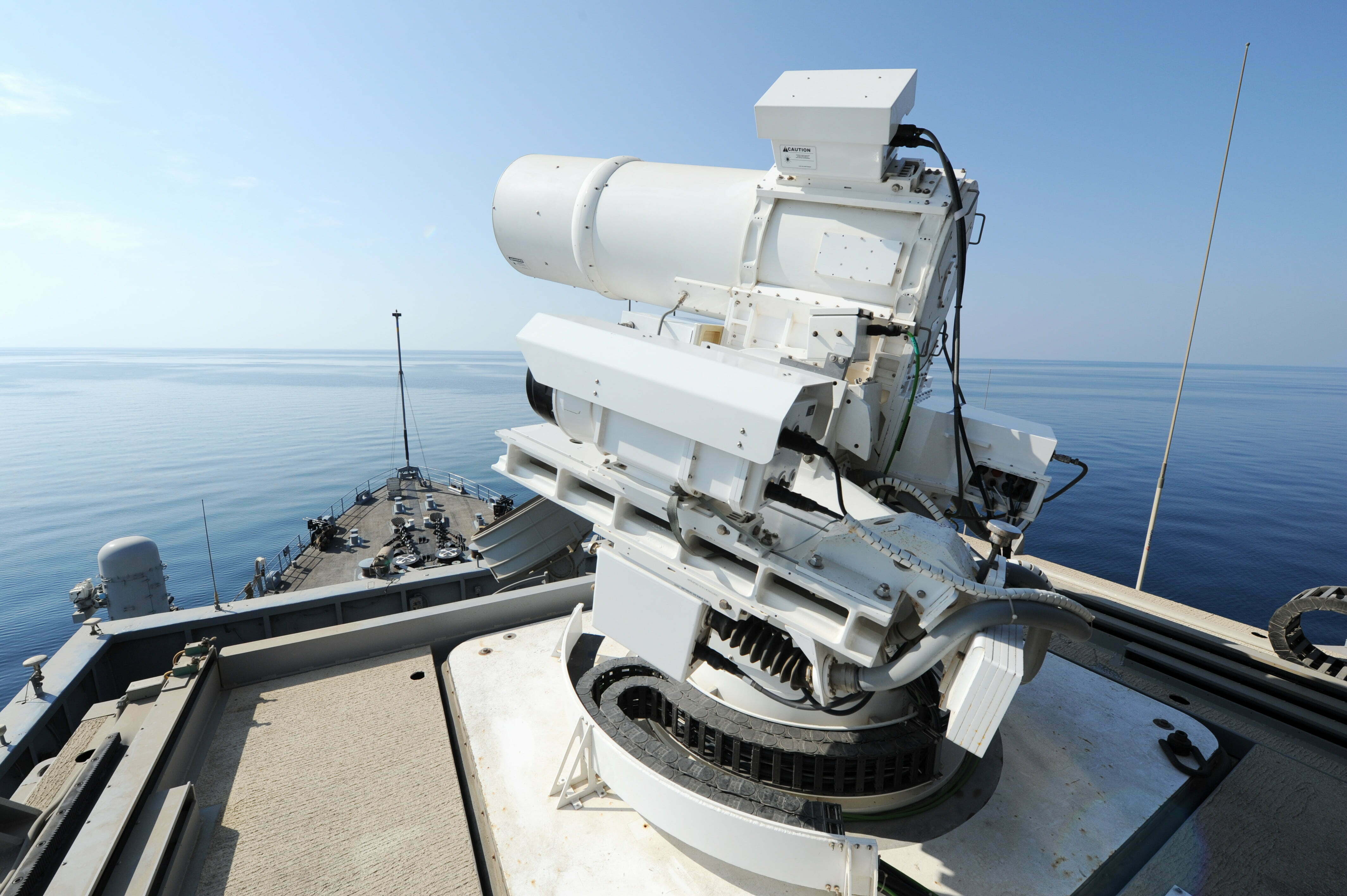By Robbin Laird
When I attended the 2016 RAAF Airpower Conference, the main focus was upon the newly released White Paper and related documents announcing the government’s ways ahead on defense modernization.
The Conference highlighted key elements for the modernization of the Australian Defence Force and the importance of shaping as integrated a force going forward as possible.
Indeed, the Williams Foundation seminars since that time have highlighted various aspects of integration, air-sea integration, air-land integration and the challenge of designing an integrated force.
This year’s RAAF airpower conference and indeed the Williams Foundation seminars are moving from that foundation to focusing on dealing effectively with the challenges of the evolving strategic environment.
How best to shape effective approaches, technologies and modernization strategies for the decade or more ahead?
The RAAF Airpower Conference is entitled “Air Power in a Disruptive World”and is providing an overview on how the RAAF and ADF leadership are looking at the challenges as well as various specialist presentations of technologies which may well drive significant change in the period ahead.
I will focus primarily on the policy side of the way ahead and how key speakers looked on Day 1 of the Conference at the broader parameters of change and shaping a way ahead.
But for non-Australians it is important to highlight the quite rapid path the RAAF has taken to modernization.
A decade ago the force was defined by its Hornets and C-130s and the range and effects which such a force could achieve.
Then the Super Hornets, Wedgetail, the KC-30A, and the C-17 were procured and the force went from being a territorial or regional force to one able t project globally.
The coming of age of this capability really was the Middle East Operation, called by the Australians Operation Okra.
Here a significant airpower package has been deployed from Australia to the Middle East and the skill sets developed to support an advanced air battle management system, an advanced tanker and a data rich combat aircraft, the Super Hornet.
With the coming of the F-35 and the Growler, the RAAF is about to take its next steps into the tron warfare domain and shaping a broader fifth generation warfare approach informing and empowered by transformation of the ground and maritime forces as well.
It is the coming of this force which is emerging into the changing world of the period ahead which is the backdrop to the discussions at both the RAAF and Williams Foundation Conferences.
Our interviews last week and this week with the RAAF and the Navy will highlight several aspects of the dynamics of change within the force itself.
But the RAAF conference provided a good look at the perceived dynamics of change in the broader global environment and within the ongoing technological revolution reshaping the demand side of both the use and development of modern airpower and the ADF more generally.
The conference was opened by Air Marshal Leo Davies, Chief of the RAAF.
He highlighted the growth in the breadth and depth of the challenges facing airpower as well as the growth in demands to operate in the gray zone.
Among the key dynamics he highlighted were the following: the dispersal of global influence and the diversity of power centers; the shift in the center of global power from the North Atlantic to the Indo-Pacific region, the elevated strategic impact of China and North Korea; the shifts in US national strategy from focusing primarily on counter-terrorism to great power challenges.
These dynamics were leading to the need to invest in higher end military capabilities and to seek innovative solutions to ensure that the liberal democracies had credible deterrent capabilities.
He underscored the core significance for the RAAF of evolving the skill sets to deal with these challenges which he characterized as shaping skill sets which could move beyond a narrow definition of mission performance to deal with the distributed battlespace and its more strategic demand set.
The Australian Defense Minister then followed with an overview of how she saw the evolving global situation and its impact on the ADF.
She noted at the outset that although it was only two years since she addressed the 2016 airpower conference, it seemed almost an age ago compared to the world of 2018.
The changes in Europe, the United States, and Asia have created significant pull in the strategic environment and shifting demand sets as well.
She underscored the core shift in how Air Forces receive and use information and with the coming of both Growler and F-35 this would be accelerated as well.
She underscored the important role which Australia played in the region and growing expectations of partners in the region for that role to remain central as well.
She reinforced the core message from Air Marshal Davies concerning the need to shape a 21st century workforce in Australia to support the ADF as well going forward, given the pace and scope of technological change in the commercial and defense domains.
Other key ADF speakers throughout the day added key points to the challenge agenda facing the ADF in the period ahead.
Chief of Navy, Admiral Tim Barrett, highlighted the significance of the digital transition for navy both in terms of what it means to shape an integrated digital force as well as building out a new shipbuilding capability built around a digital design and manufacturing process.
The key role of software upgradeable systems and digital manufacturing has been a theme for some time for Second Line of Defense, but there is still a broader lack of understanding in the defense community of how significant this shift is for force development and generation.
This clearly is not the case for Chief of Navy who underscored that the standing up the workforce and infrastructure to build the new navy platforms was designed not simply to build a new ship, but to be crafted in such a way that the “frigate or destroyer after next was already being shaped in the design and manufacturing process.”
Major General Toohey, Head of Land Capability, provided an Army perspective which focused on what she called the “post digital army,” although she was really focusing on how the digital transition was shaping a new approach to the man-machine relationship in which technology could extend the reach and impact of the combat elements in the ground maneuver force.
Vice Air Marshal Warren McDonald underscored the importance of building more effective security into a digitally enabled force.
His focus was less on new technologies to provide for enhanced protection, than upon the organization becoming more aware of how to avoid leaving seams within the organization through which adversaries could penetrate and influence the ADF decision making.
He highlighted a key element of the transition from the land wars to higher tempo operations in terms of the ADF and other allied forces getting too complacent about the environment in which digital tools have been used in the Middle East as the forces shift to dealing with cyber armed adversaries conducing information war on a regular basis.
He highlighted the strategic significance of resilience and building out resilient organizations to deal with new threat environment associated with IW.
The Chief of Joint Operations, Vice Admiral David Johnston, highlighted how he saw the impact of the evolving environment on the ADF and what he thought was the key to being successful in this environment moving forward.
As he put it, he had a five-year perspective as the Joint Force Commander, but frankly that makes a great deal of sense in terms of what the ADF is introducing in the next five years and how one then builds from that shift to the next round of innovations.
His perspective is very reminiscent of the ACC Commander whose own focus is quite similar.
He underscored that the geographical spread and diversity of threats has grown and the speed of response has been elevated as an operational requirement.
And the ADF is doing this in a very visible world characterized by the spread of social media and the proliferation of information war.
He also seconded McDonald’s remarks as well: “We have gotten used to operate in a non-contested EW environment, and those habits are a threat to our force going forward.”
The ADF faced the challenge of task diversity when deploying a force, but the new platforms, and the focus on acquiring multi-mission platforms provides an advantage.
Indeed, integrated force design and performance is a increasingly key discriminator going forward.
A broader geo political perspective was provided during the conference, led off by the keynote address by Bilahari Kausikan Ambassador at Large at the Ministry of Foreign Affairs Singapore.
This was a remarkable address given its breadth and pungent insights on the region, on the United States, on China and on the ASEAN countries.
He drove home the point that there is too much binary thinking in addressing the region, notably with regard to the US-Chinese competition. Developments and competition in the region is rarely zero sum; it is really a multiple-sum competition.
He started by addressing the significant analytical failures in the media and in the broader analytical community to grasp the reality of the Trump Administration.
Although his style leaves something to be desired, when one looks at the realities, the Administration has moved beyond failures of the Bush and Obama Administration to address some fundamental aspects of change globally.
He was concerned that the strategic achievements of the Administration militarily could be undercut by the Administration’s trade policy perspective, but at the end of the day there was significant continuity and the US was not going away.
He then focused on China and the consolidation of power by the Chinese leaders.
He saw the Chinese as trying to work an economic transition which will be difficult and the leadership will be focused on domestic challenges in the period ahead.
The leadership clearly would like to keep the current global system in place as they have more to gain than to lose from the current state of affairs but this is not at all clear will be the outcome.
Clearly, China would like to see its new status globally to be recognized and to shape a new china centric order with all roads leading to Beijing.
He saw the ASEAN states as seeking ways to leverage Chinese economic growth but at the same time protecting their autonomy. A challenge but a necessity as well for the smaller states in the region.
He predicated that the period ahead would see significant great power competition and uncertainty but felt that although the Chinese are pursuing the path of persuading others that their rise was inevitable and the decline of the US equally inevitable, US allies in the region would work with the US to deflect such an outcome.
Another geopolitical presentation which focused on Australia was that of John Blackburn.
His focus was on energy security and the absence of a policy in Australia looking at global realities that make security of energy in Australia a question mark, not a reality.
Obviously, military conflict in the region would lead to disruption of energy supplies, and disruption of energy would significantly impact Australian society and military operations.
Blackburn argued that not only should a comprehensive energy security policy be put in place but he argued for a “fifth generation” approach.
What he means by that is shaping an integrated approach which looks not simply at sources of fuel supply but how to integrated ways to supply demand with ways to reshaped demand in a crisis as well.
The first day was concluded by Peter Jennings, the Director of the Australian Strategic Policy Institute, who provided an overview on ways to reform the Australian policy system to better prepare Australian for meeting the challenges ahead.
He focused on ways the Australian system could build in better strategic decision making, ranging from changes in the terms of government, to Senate electoral reform to holding periodic cabinet meetings to address longer term strategy.
In short, the RAAF has undergone and is undergoing significant modernization.
But rather than sitting on their successes or focusing on the next platform, the RAAF is generating a broader look at the evolving strategic environment for the ADF and seeking to understand how that environment might drive the next round of modernization.




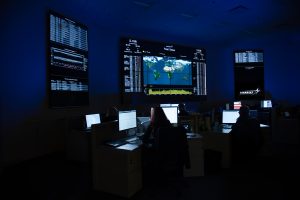 Sikorsky Customer Care Center, Trumbull, Connecticut. Photo Credited to Sikorsky.
Sikorsky Customer Care Center, Trumbull, Connecticut. Photo Credited to Sikorsky.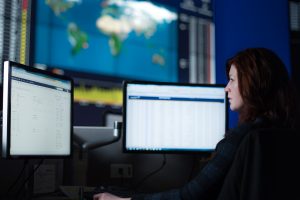 Sikorsky Customer Care Center, Stamford, Connecticut. Photo Credited to Sikorsky.
Sikorsky Customer Care Center, Stamford, Connecticut. Photo Credited to Sikorsky.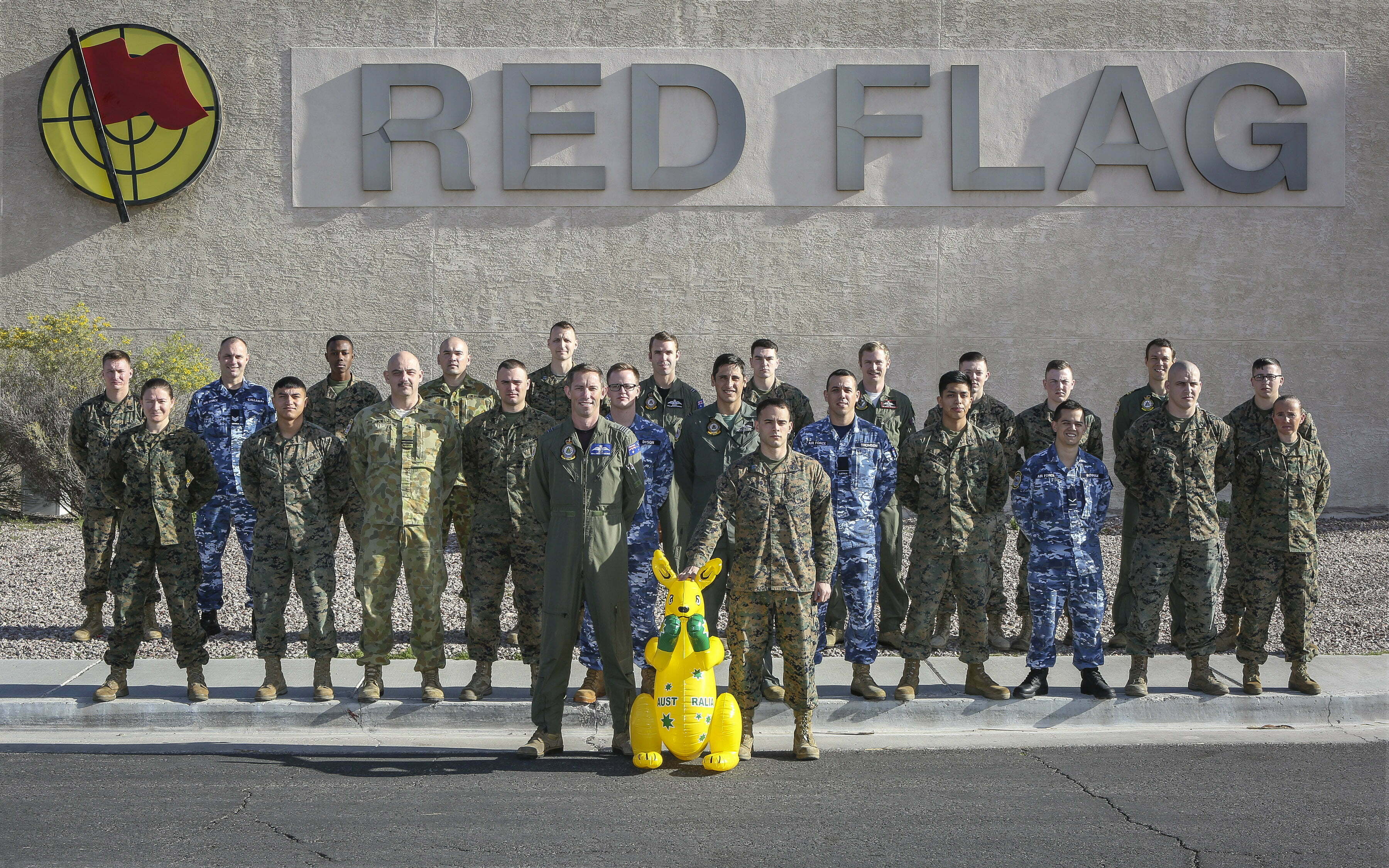
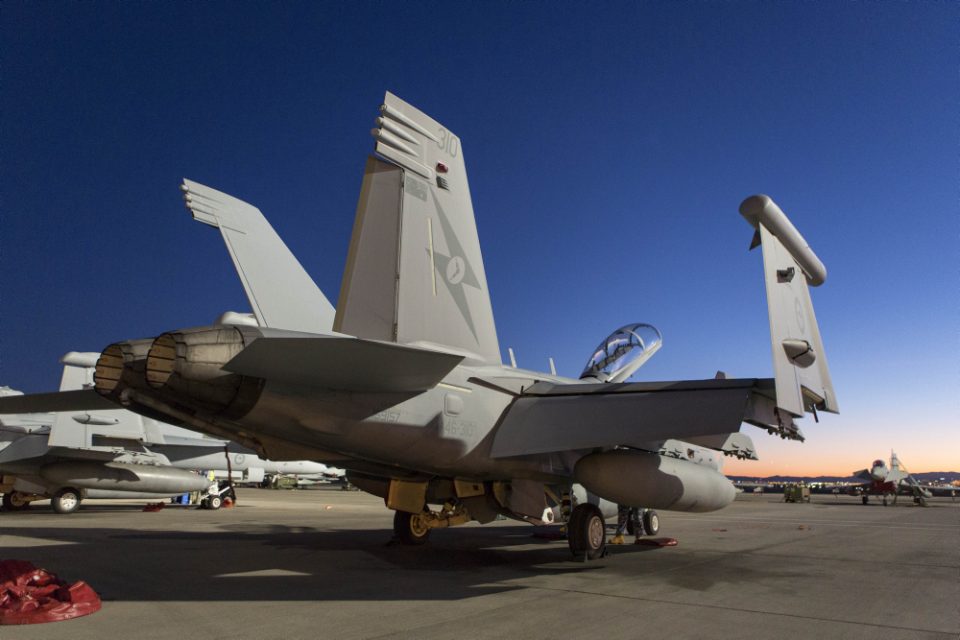
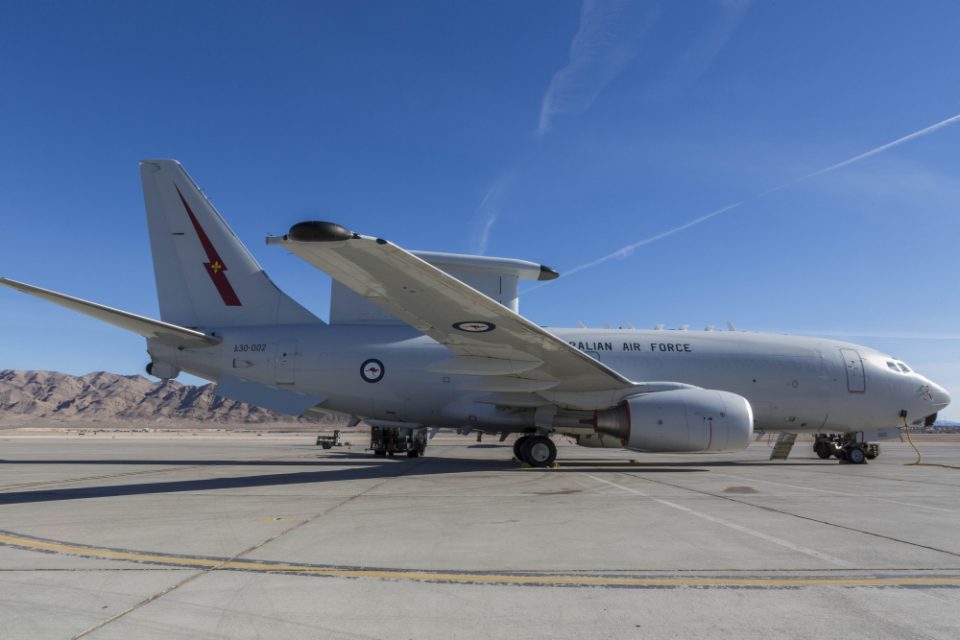
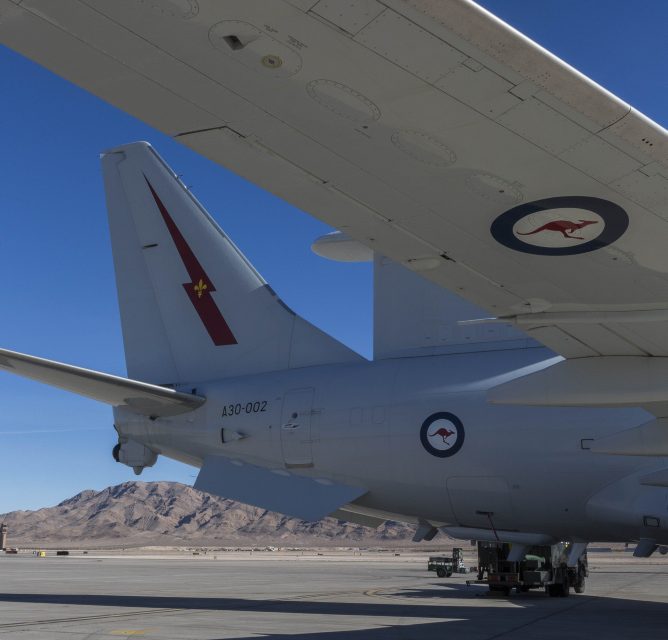
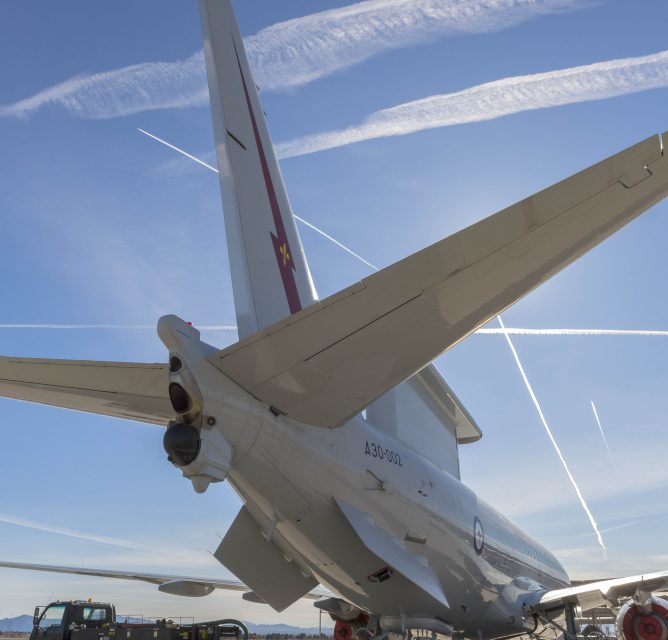
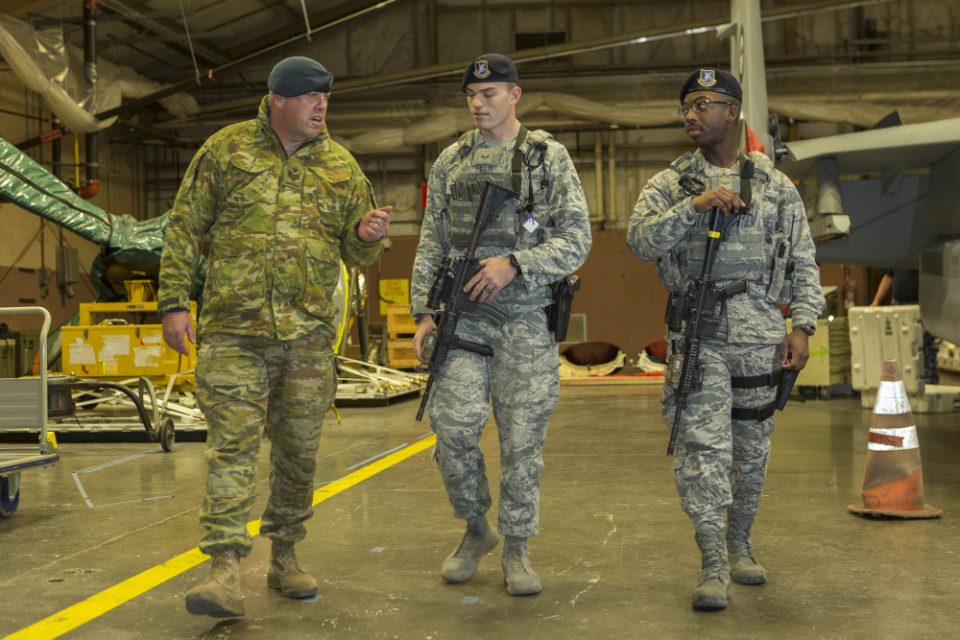
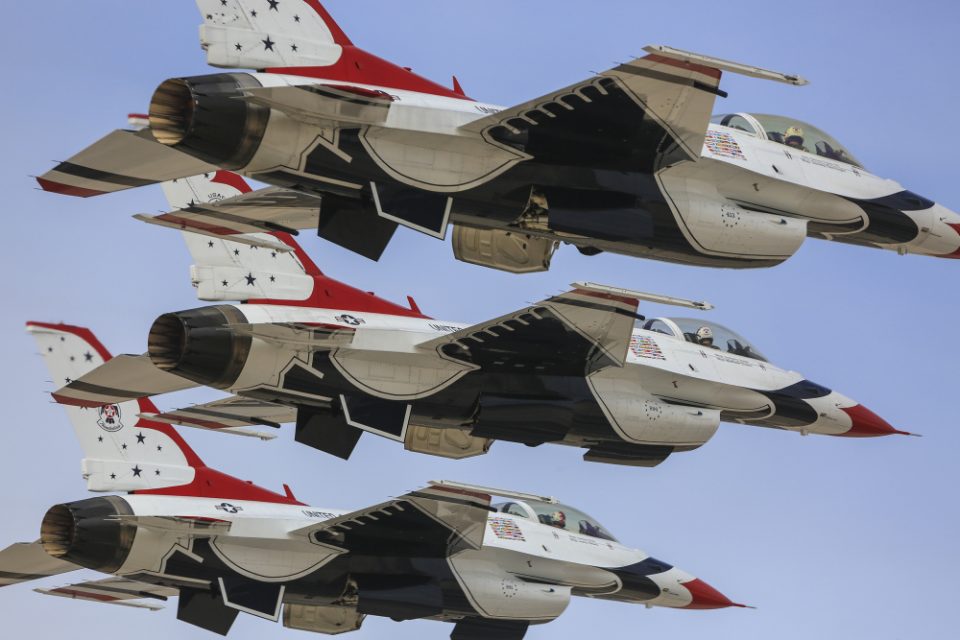
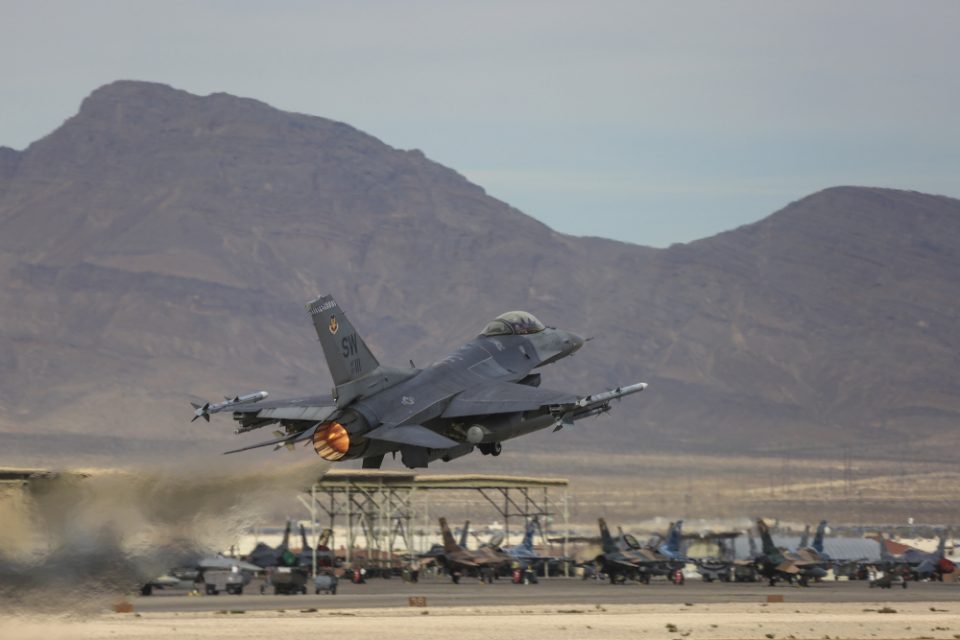
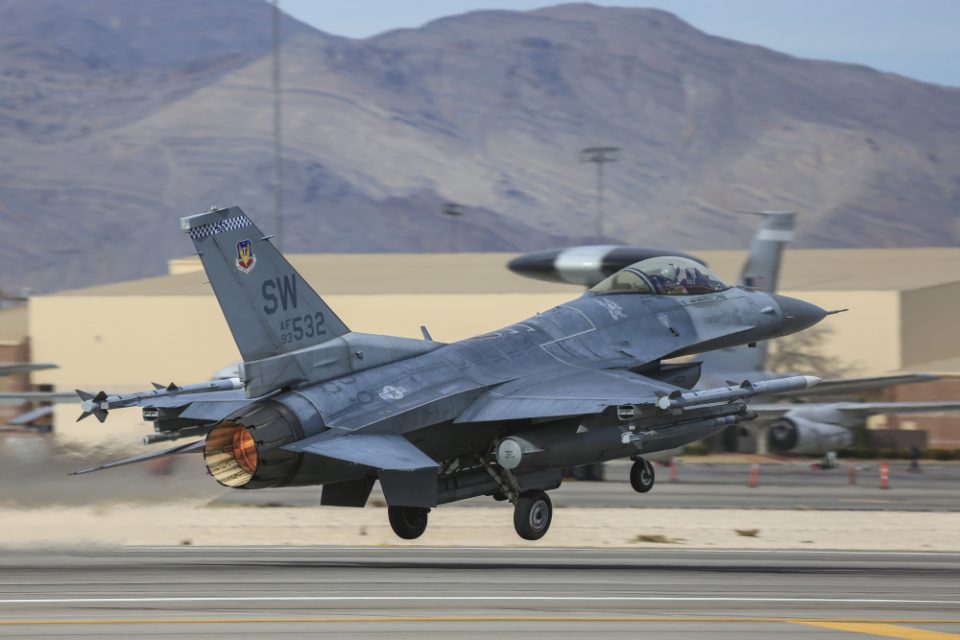
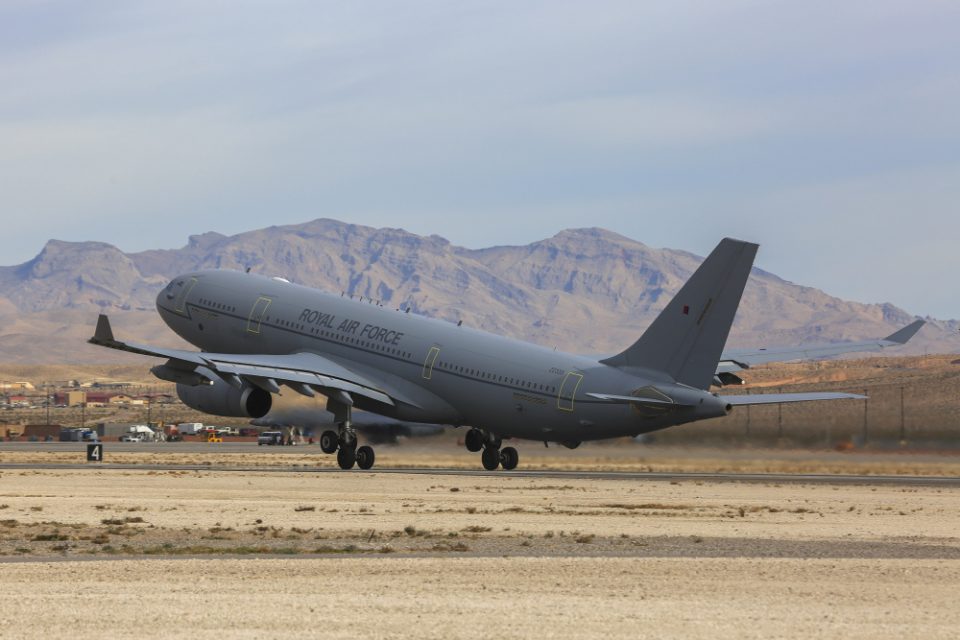
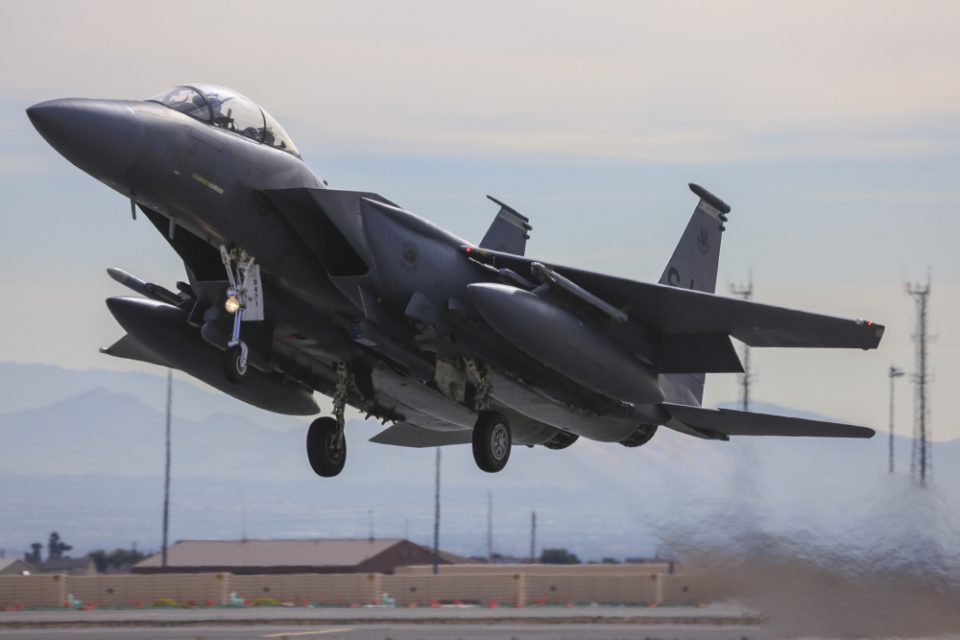
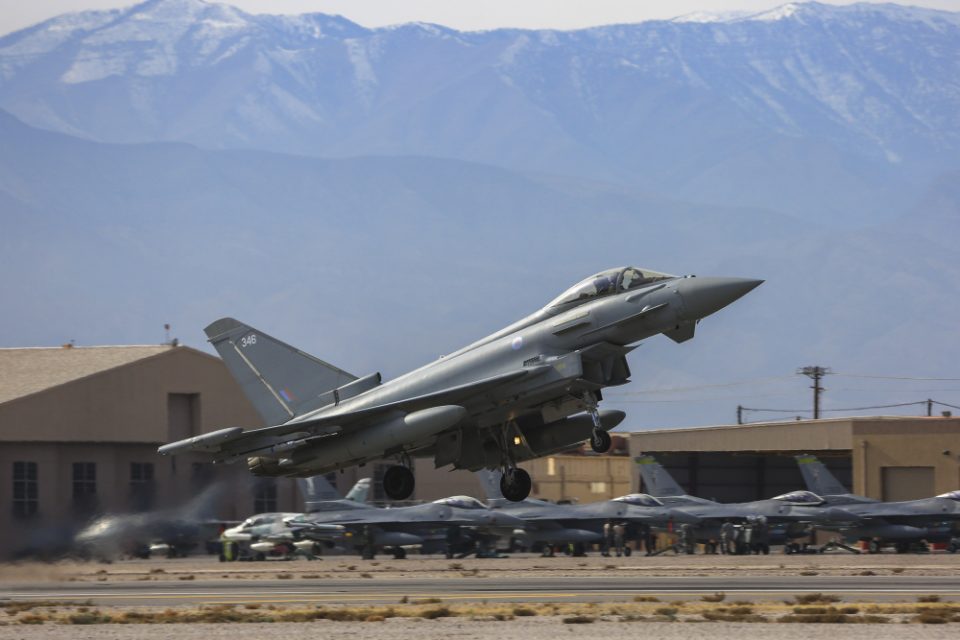
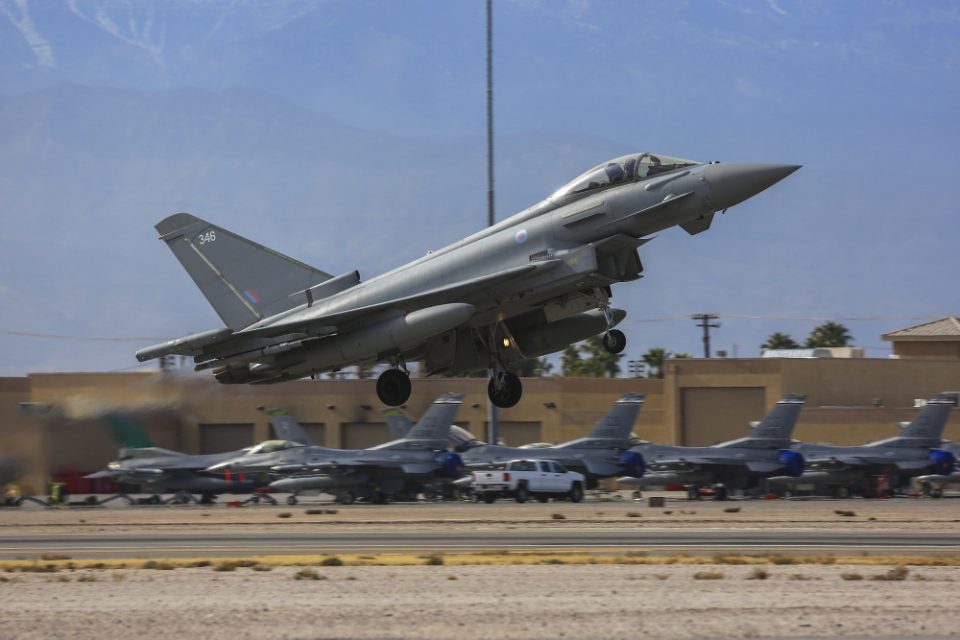
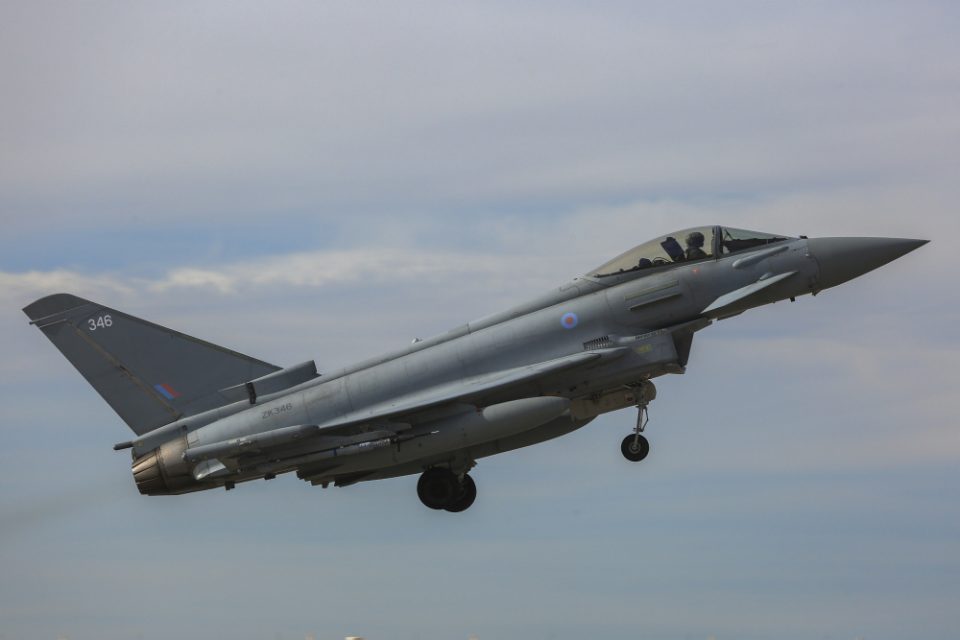
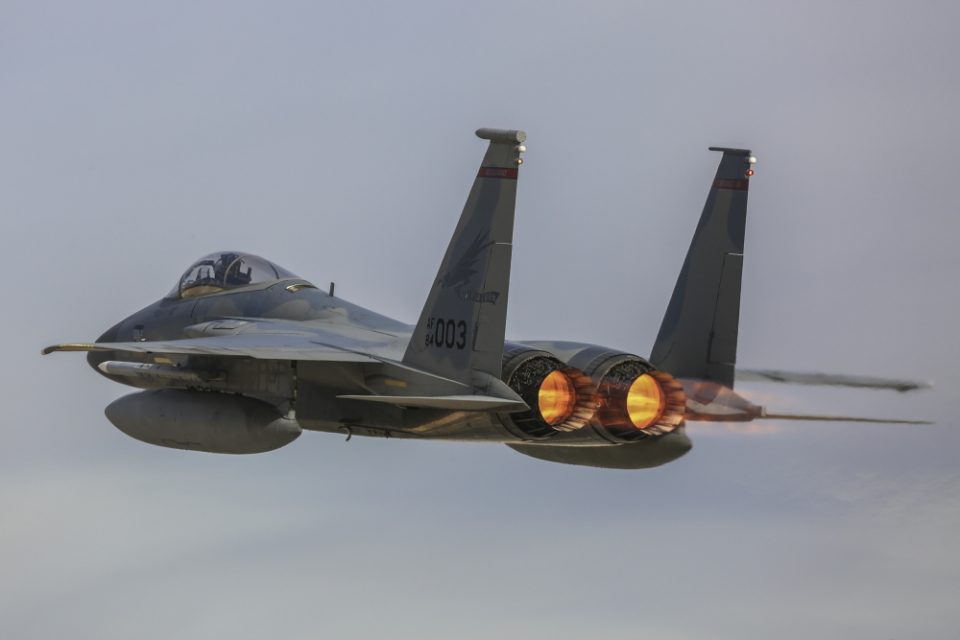
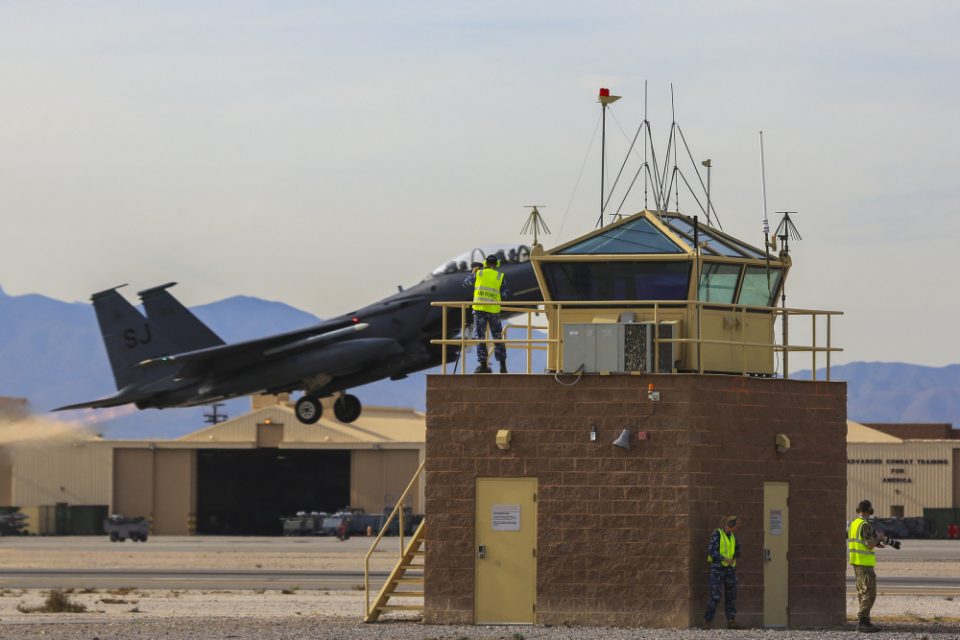
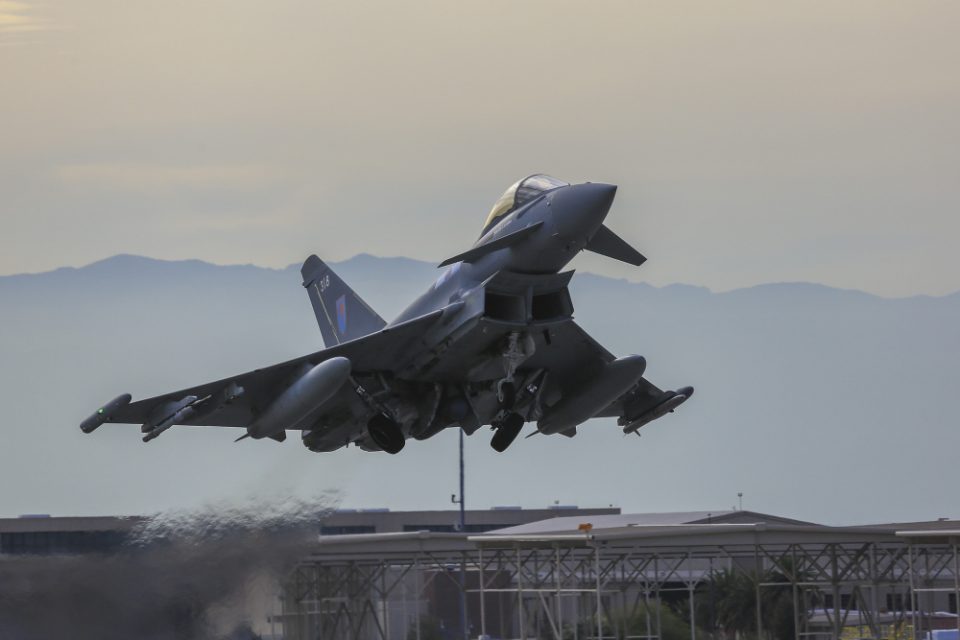
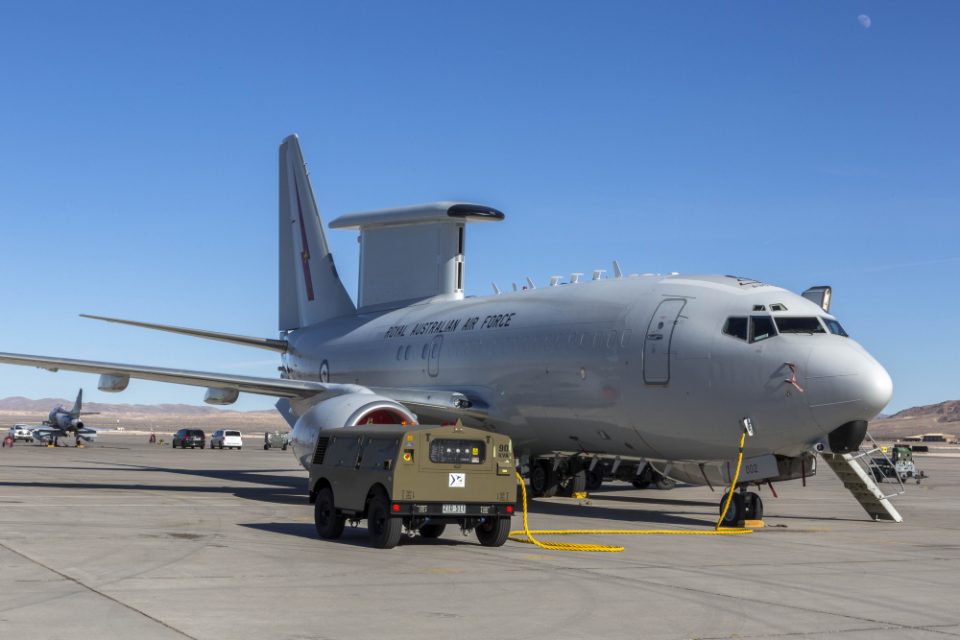
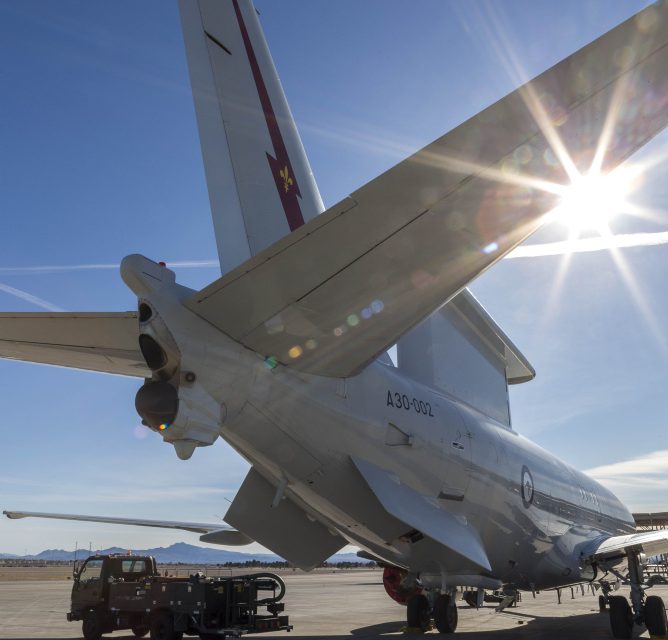
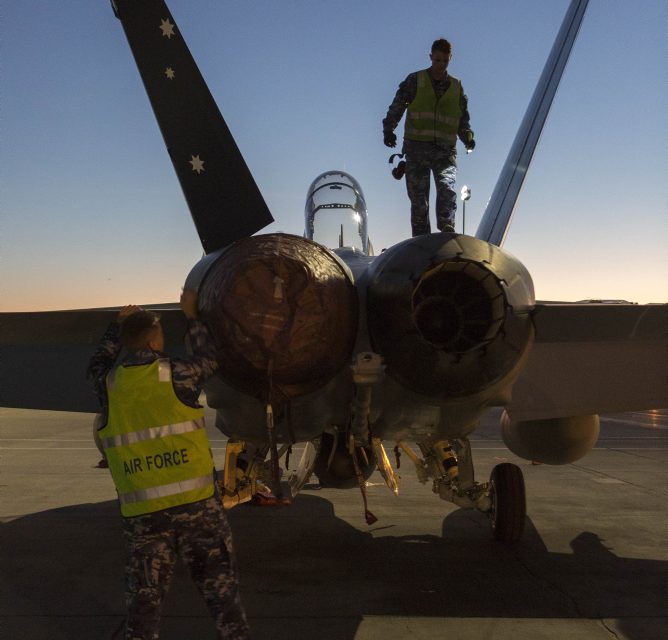
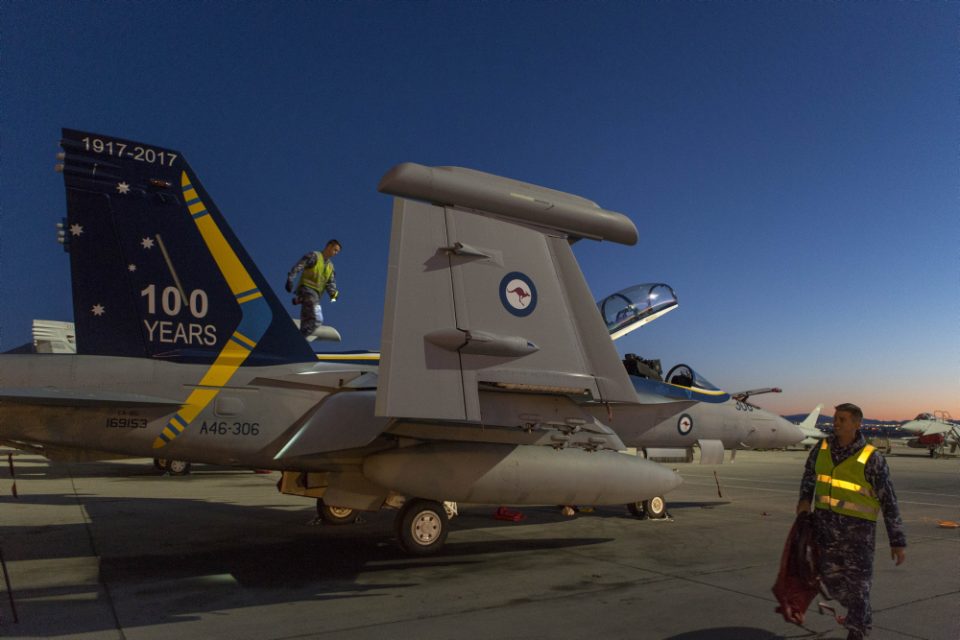
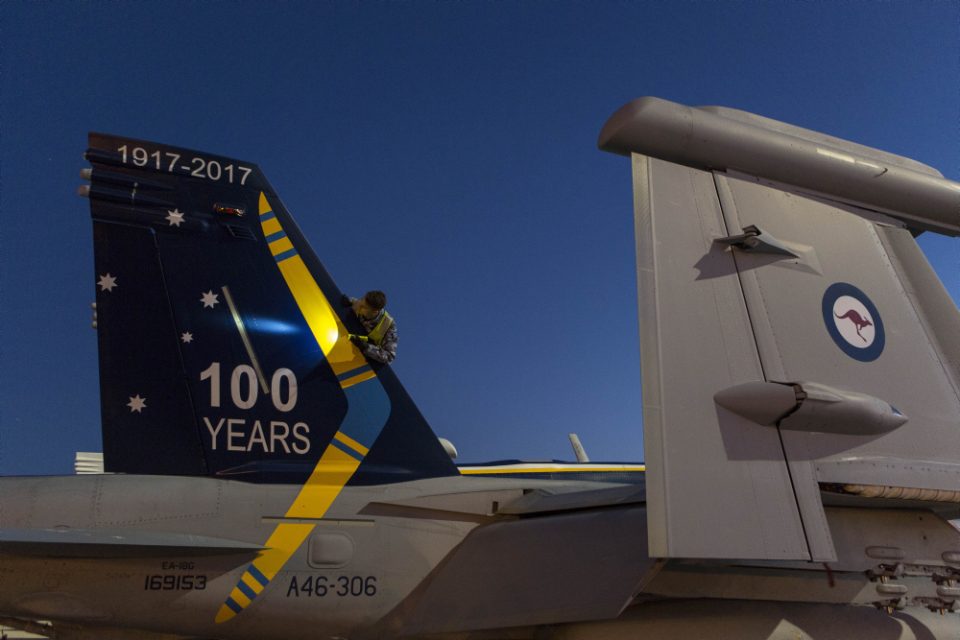
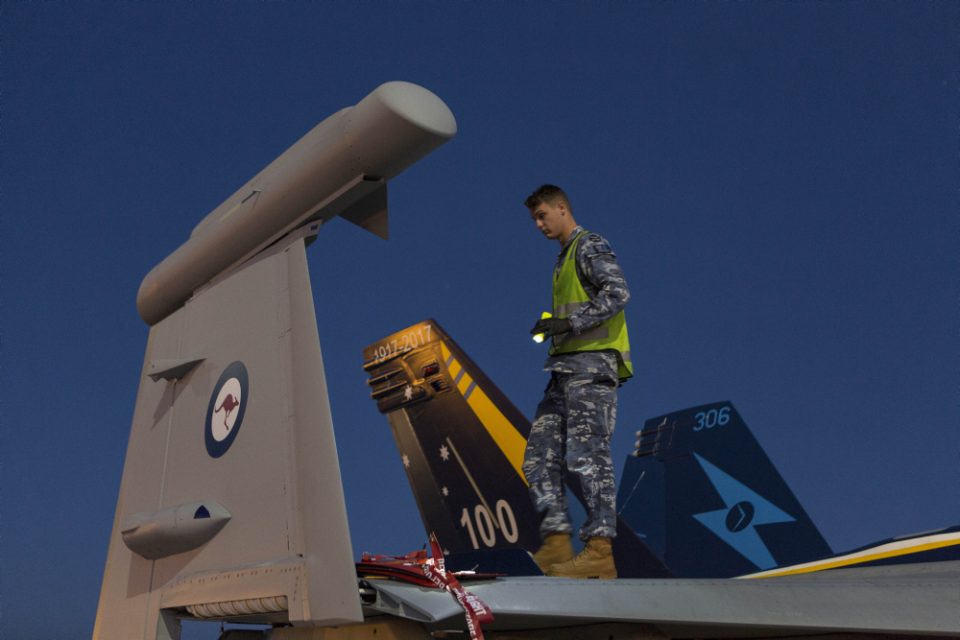
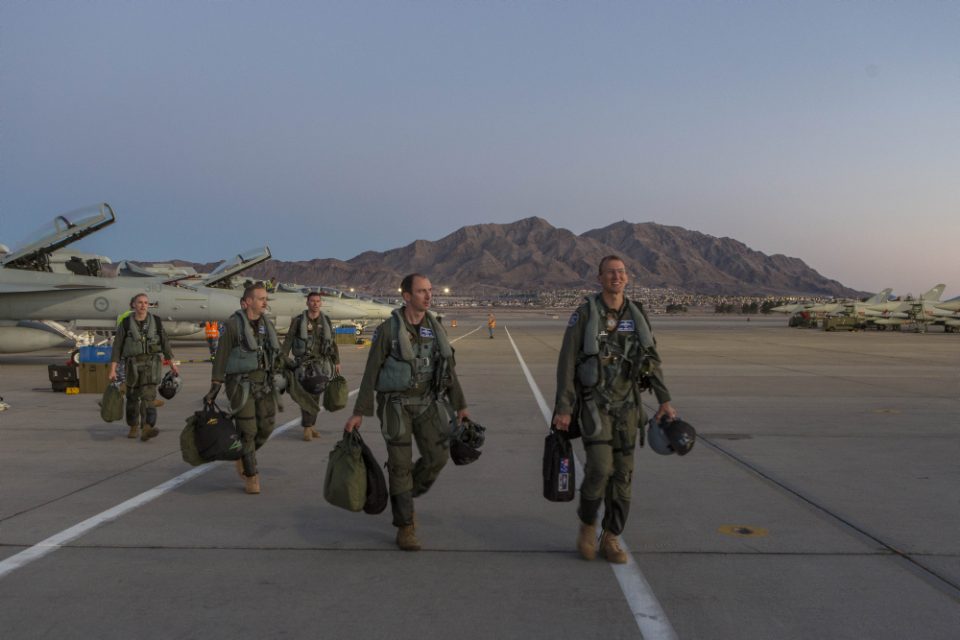
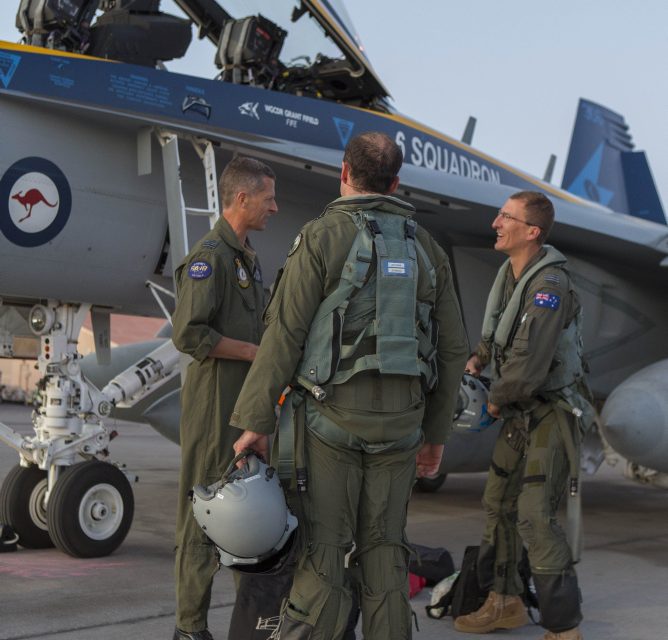
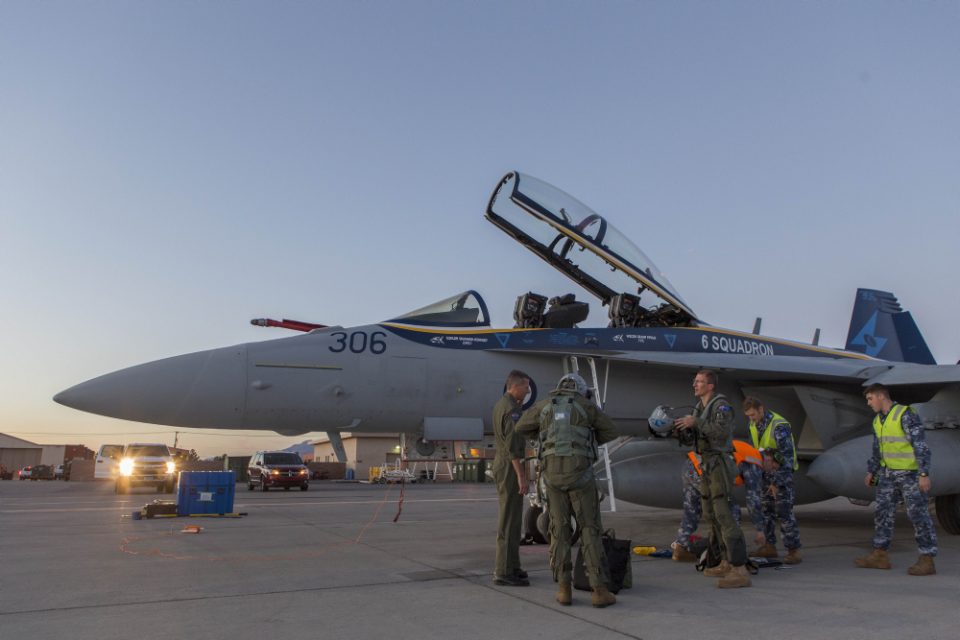
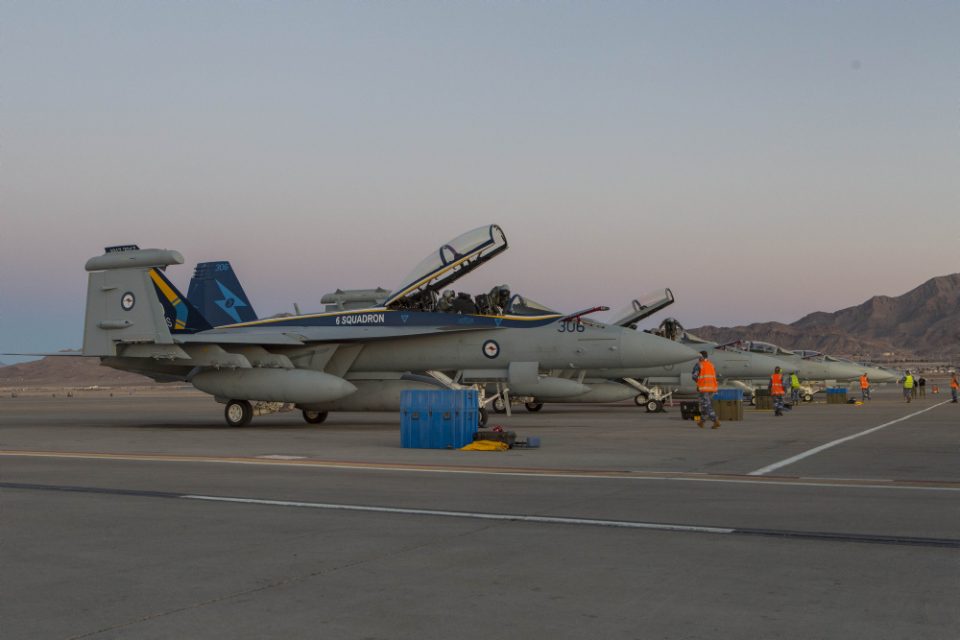
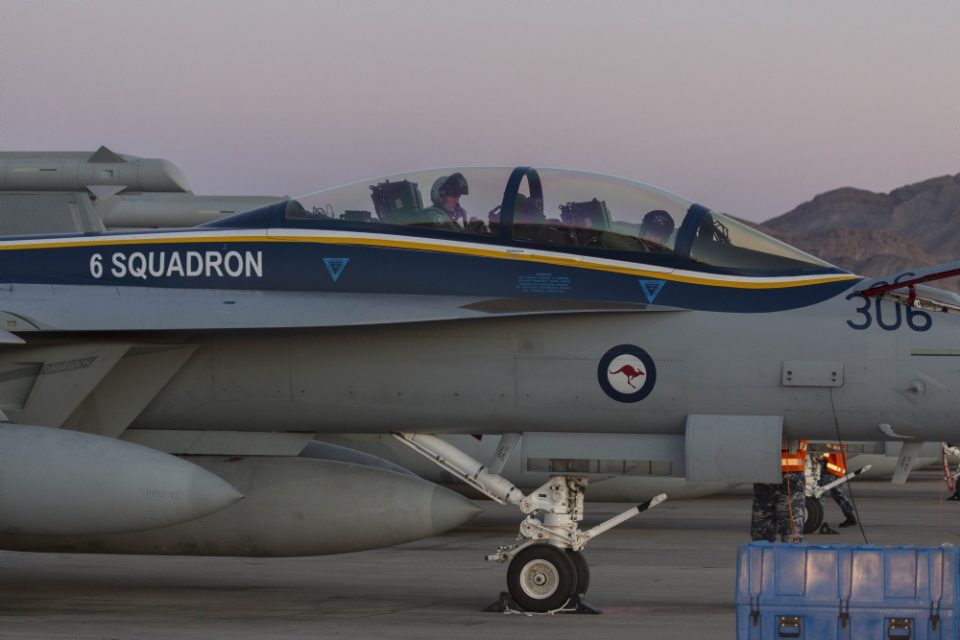
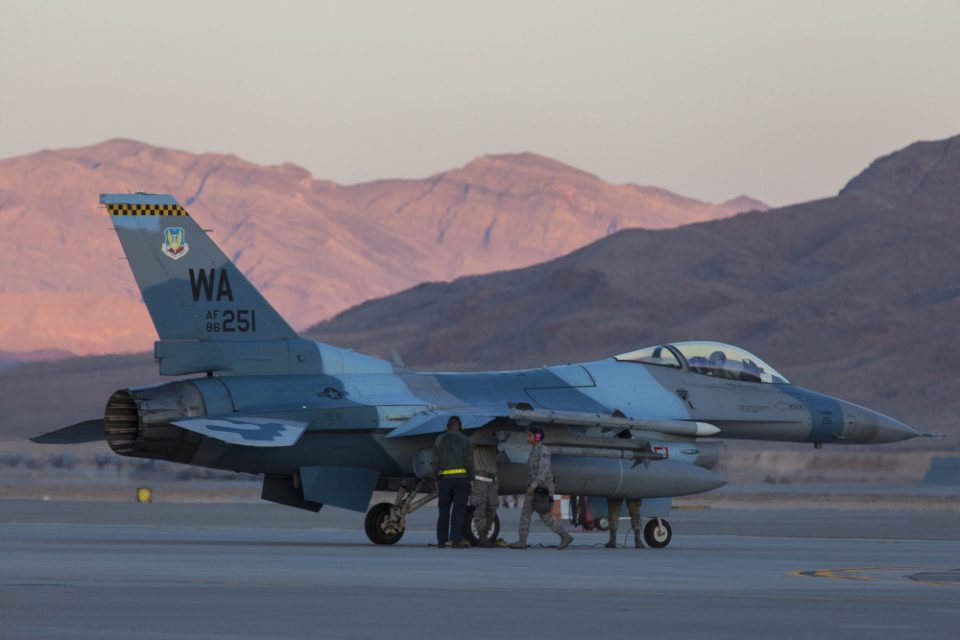
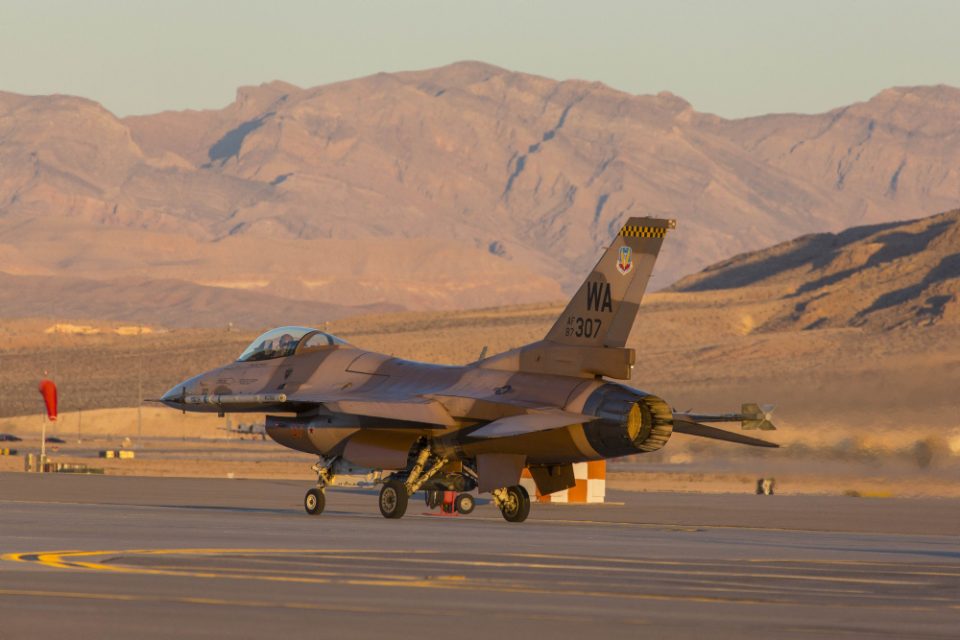
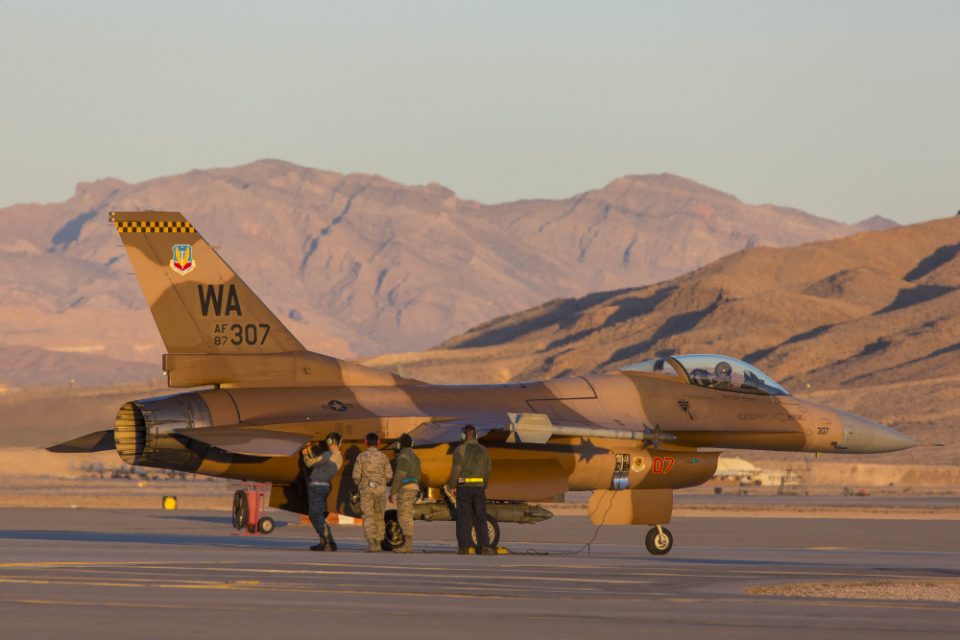
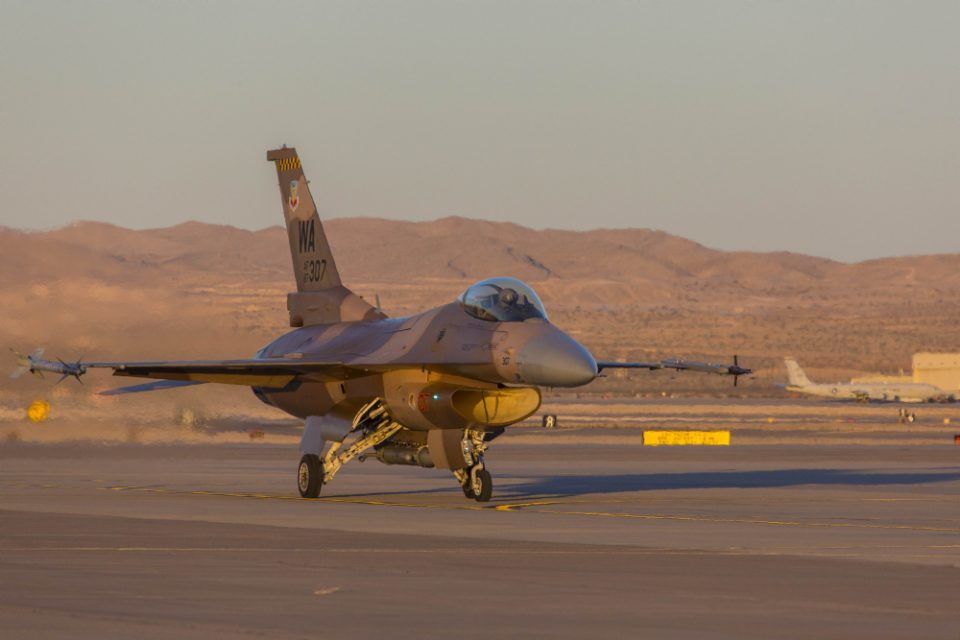
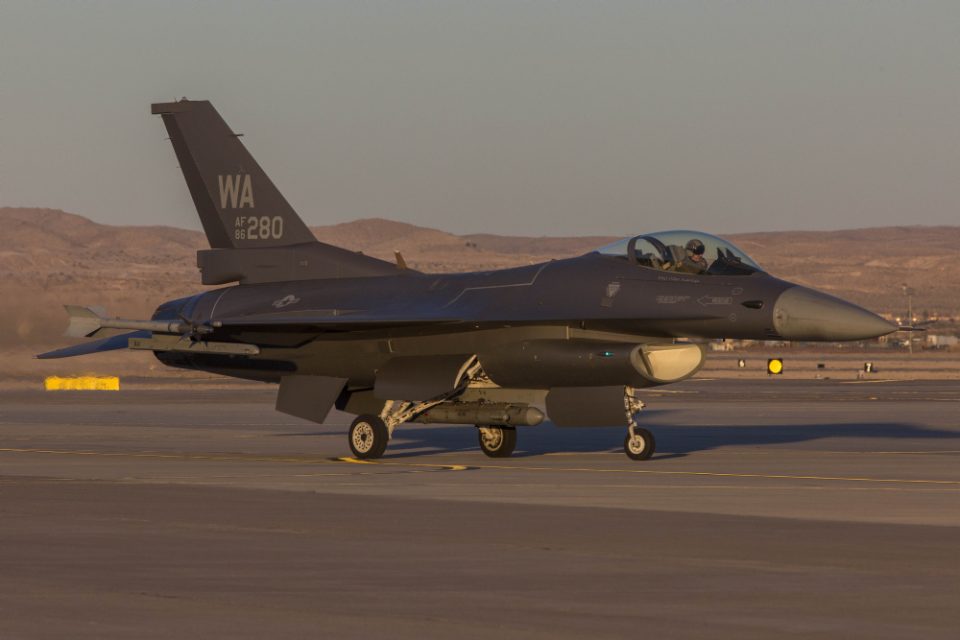
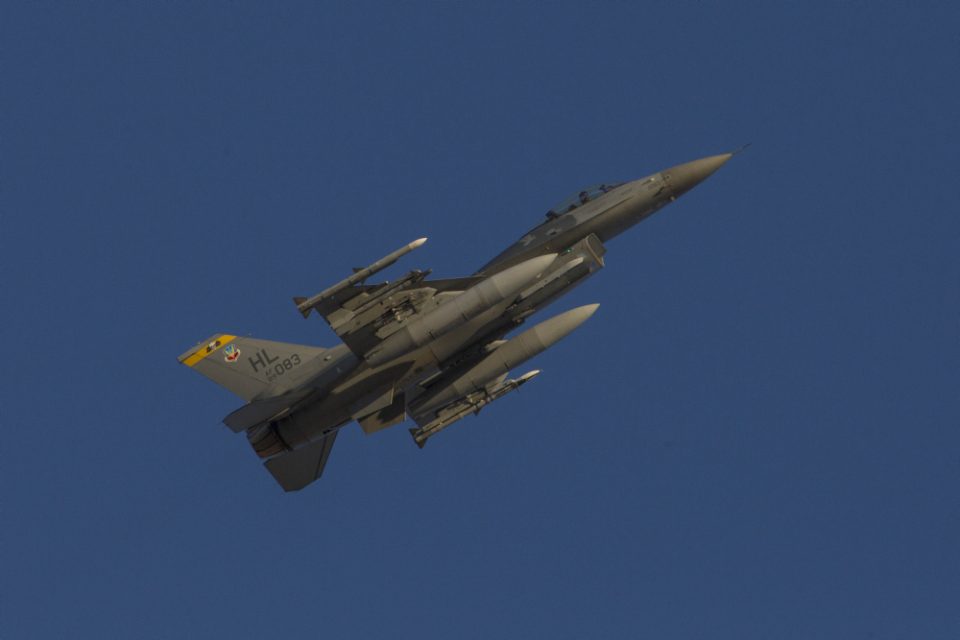
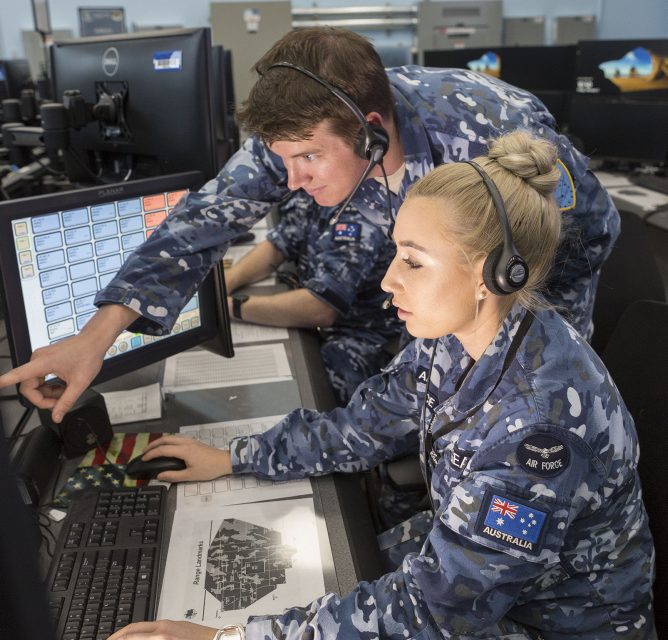







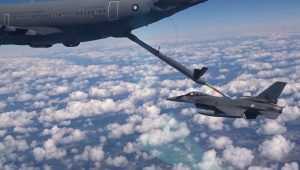 In the 21 March flight off the Portuguese coast, the tanker performed the scheduled six contacts, at flight conditions of 270KT and 25,000ft over a 1hr 15min test period. Both crews reported a faultless operation.
In the 21 March flight off the Portuguese coast, the tanker performed the scheduled six contacts, at flight conditions of 270KT and 25,000ft over a 1hr 15min test period. Both crews reported a faultless operation.